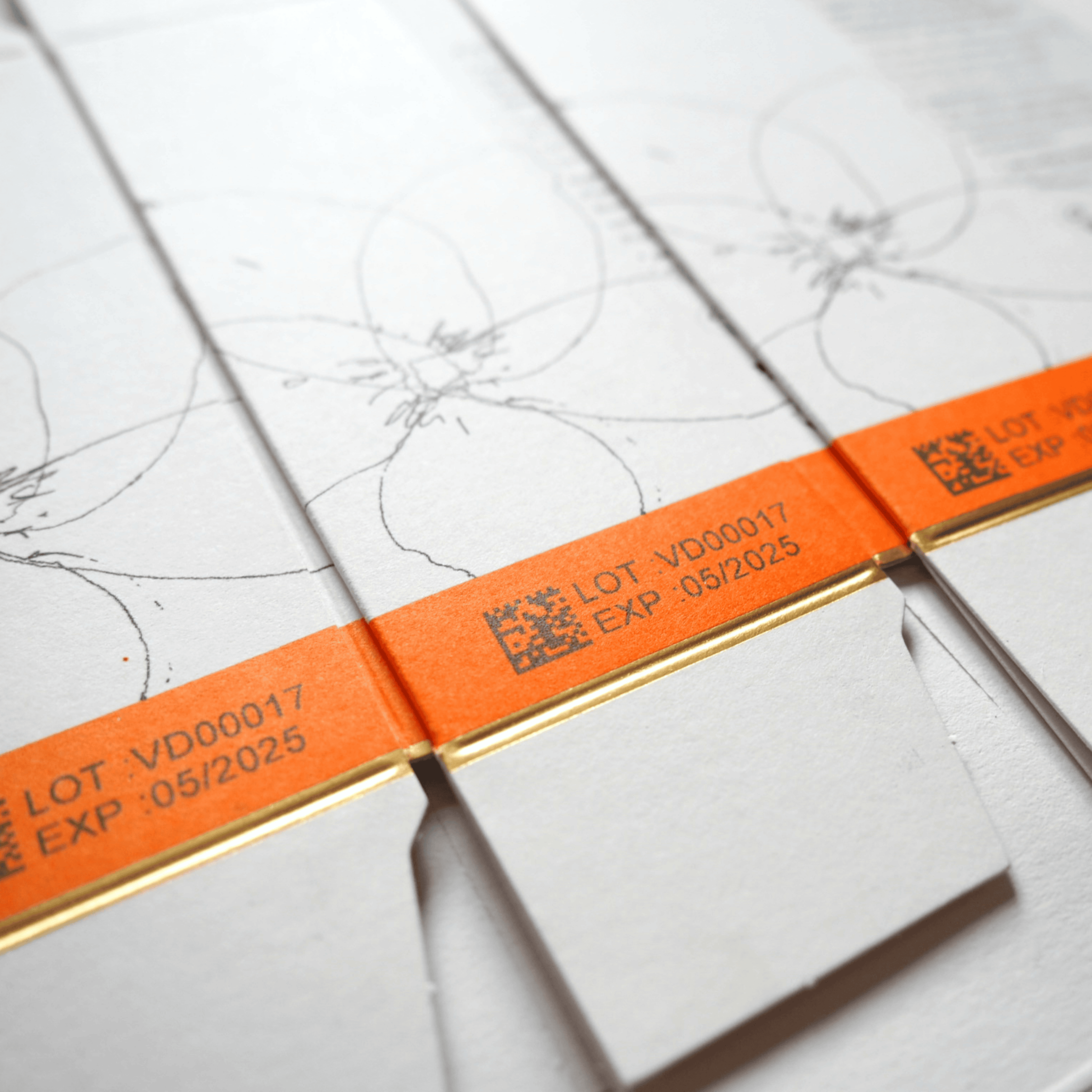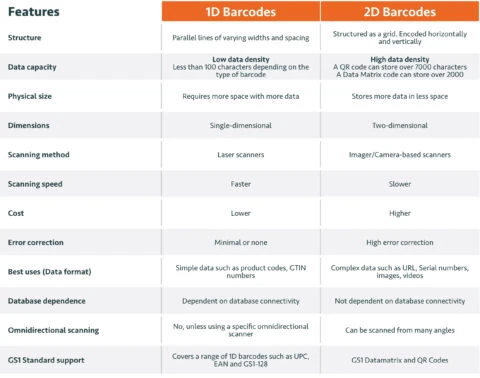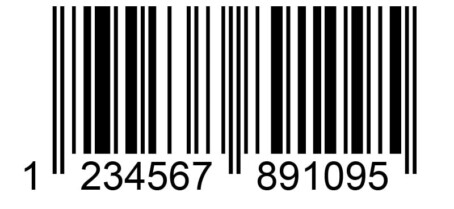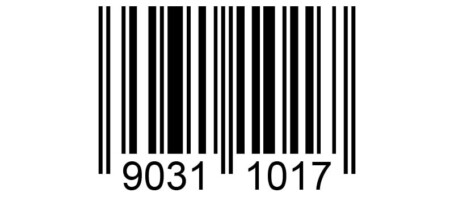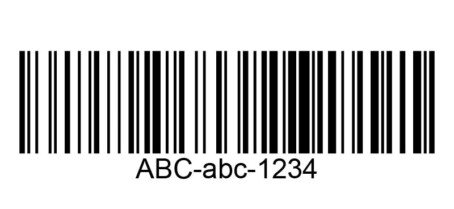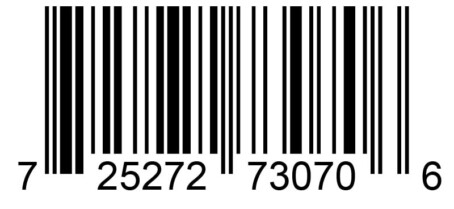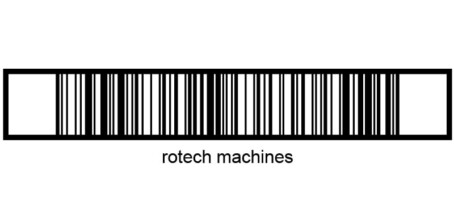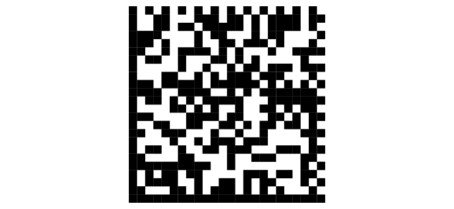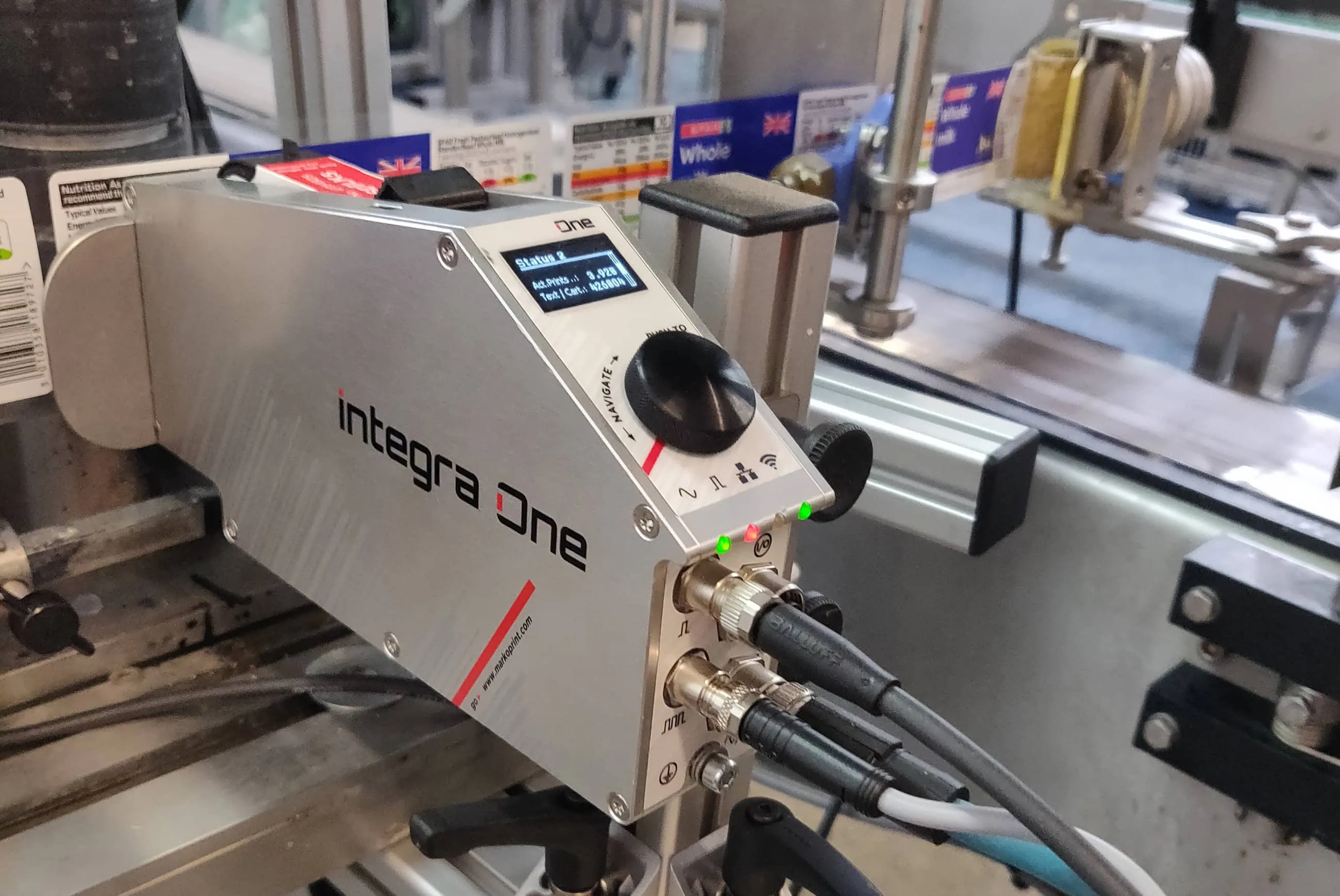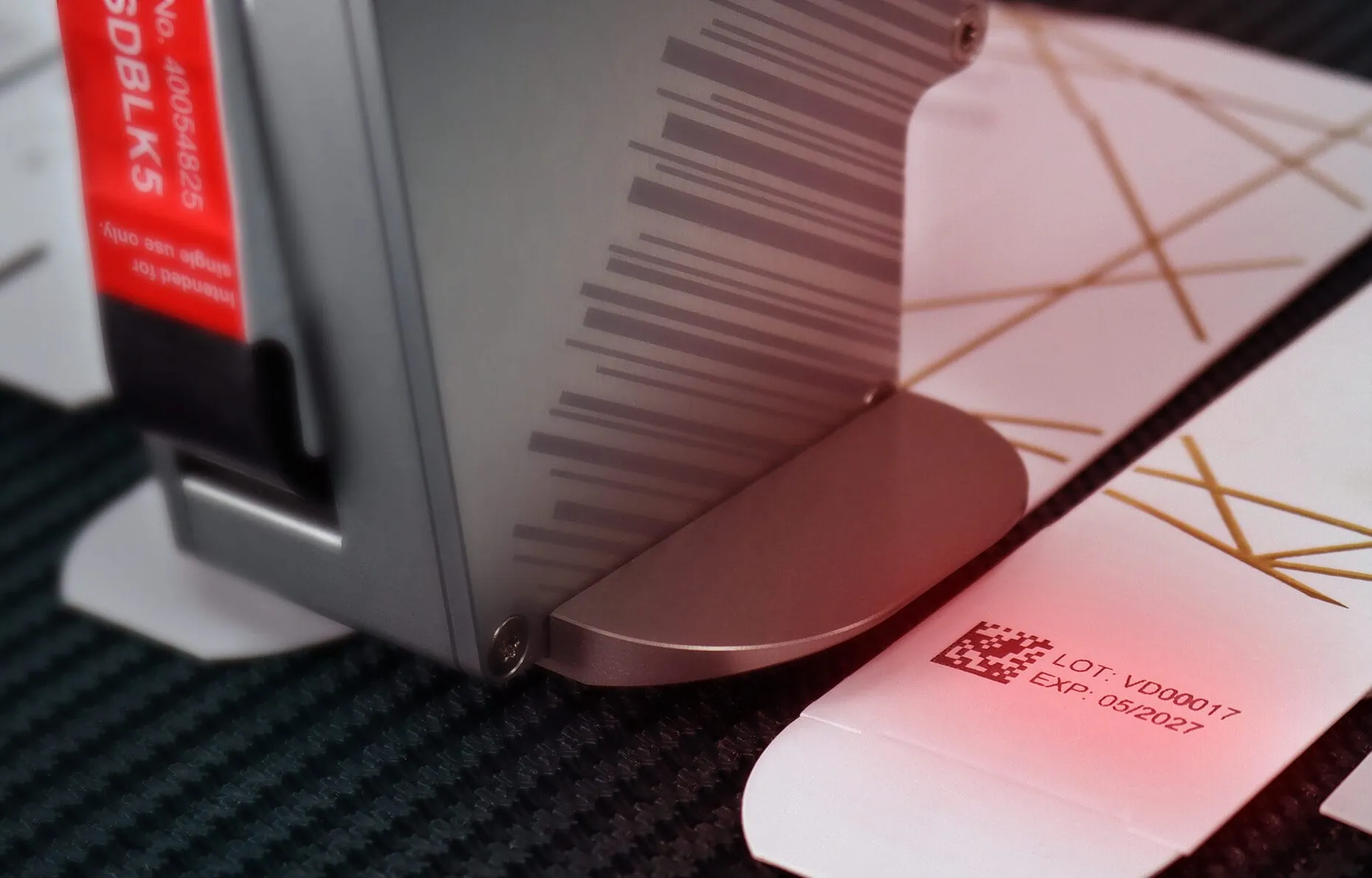Barcodes have come a long way since their adoption in the 1970’s. Originally created to streamline the checkout process; they are now the most useful tool for supply chain management.
They have played a huge role in the evolution of communication through technology and continue to aid the delivery of product information to manufacturers, retailers and consumers across the globe.
A shift in how manufacturers apply barcodes
The main responsibility of applying barcodes onto packaging and shipping material falls on manufacturers. And, recent advancements led by GS1 (Global Standards 1) in 2D barcoding has meant many industries are having to re-evaluate, how, when and where they need to print their codes.
Find out more about GS1 Sunrise 2027
We’re GS1 UK Partners – find out more
Luckily, that’s what we specialise in, not the artsy, graphics and digital printing, but the more technical process of late-stage printing variable information and barcodes directly onto products.
To make the process that smidgen easier, we’ve created an in-depth guide on barcodes for professionals in operations, factories and warehouses who may not have had much to do with the process before.


